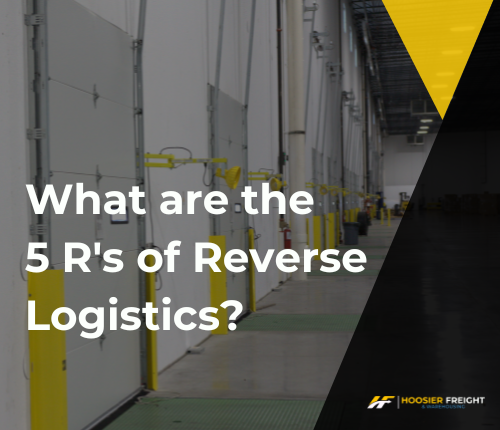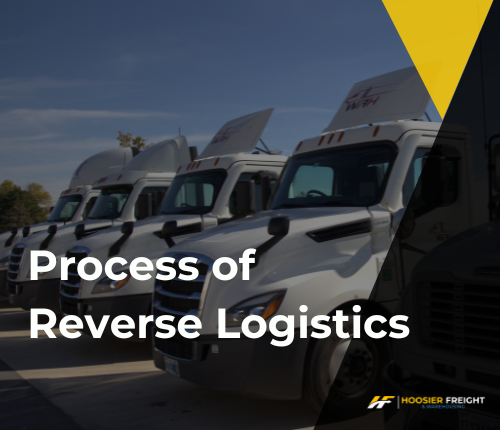
Challenges of Reverse Logistics
In the complex world of supply chain management, reverse logistics presents a unique set of challenges that many companies must navigate to maintain efficiency and customer satisfaction. But what exactly are the challenges of reverse logistics?
Reverse logistics refers to the process of moving goods from their final destination back to the manufacturer or distributor for purposes such as returns, recycling, refurbishing, or disposal. Unlike traditional logistics, which focuses on the flow of products from the manufacturer to the consumer, reverse logistics handles the reverse flow. This process can be fraught with obstacles that complicate operations and impact profitability.
One of the primary challenges of reverse logistics is the unpredictability of returns. Unlike forward logistics, where demand forecasting and inventory management are relatively straightforward, reverse logistics involves a high degree of uncertainty. Companies often struggle to predict the volume and timing of returns, which can lead to overstocking or stockouts. For instance, during the holiday season, the influx of returned goods can be overwhelming, and without accurate predictions, managing this surge can become difficult.
Another significant issue is the complexity of handling returned goods. Products returned by customers can vary widely in condition, from completely unused to significantly damaged. This variability requires companies to inspect, sort, and categorize each item, which can be time-consuming and labor-intensive. Additionally, different products may require different handling and processing protocols, adding to the complexity. For example, electronics may need to be tested and refurbished, while apparel items might just need to be repackaged and restocked.
The financial impact of reverse logistics is another critical challenge. The costs associated with processing returns can be substantial, including transportation, labor, storage, and refurbishment expenses. Moreover, the resale value of returned products is often lower than that of new items, further squeezing profit margins. Businesses must find ways to mitigate these costs, such as by improving the efficiency of their reverse logistics operations or finding secondary markets for refurbished goods.
Environmental considerations also play a role in the challenges of reverse logistics. Companies are increasingly under pressure to adopt sustainable practices, which include responsibly handling returned products. This can involve recycling materials, reducing waste, and ensuring that disposal methods comply with environmental regulations. Implementing these practices can be costly and require significant changes to existing processes.
Technology can both alleviate and add to the challenges of reverse logistics. On one hand, advanced software and automation can streamline the process, improving tracking, sorting, and inventory management. On the other hand, integrating these technologies can be complex and expensive. Companies must invest in the right tools and ensure their staff are adequately trained to use them effectively.
Lastly, customer satisfaction and brand reputation are closely tied to reverse logistics. A seamless and efficient returns process can enhance customer loyalty and boost a company’s image. However, if handled poorly, returns can lead to dissatisfaction and damage to the brand. Clear communication, easy-to-follow return policies, and timely refunds or replacements are essential to maintaining a positive customer experience.
The challenges of reverse logistics are multifaceted and require a strategic approach to manage effectively. From dealing with the unpredictability of returns and the complexity of handling diverse products to controlling costs and meeting environmental standards, companies must navigate numerous obstacles. Leveraging technology and focusing on customer satisfaction can help businesses turn these challenges into opportunities for growth and improvement in their supply chain management. By understanding and addressing the intricacies of reverse logistics, companies can enhance their operational efficiency and build stronger relationships with their customers.
Contact Hoosier Freight and Warehousing today to learn more about our reverse logistics process and partnerships.



